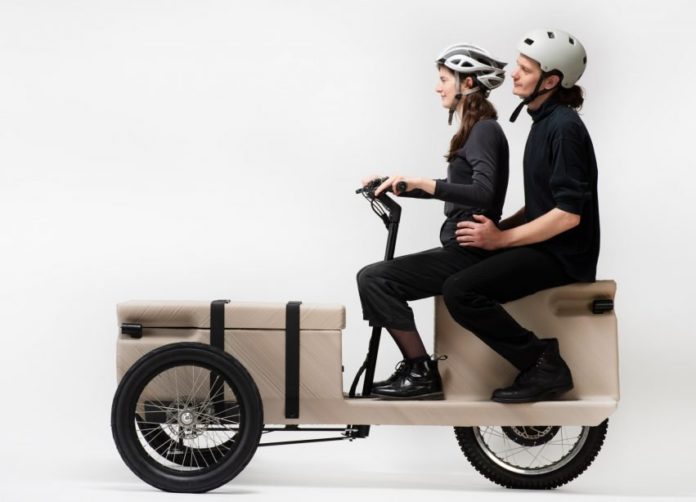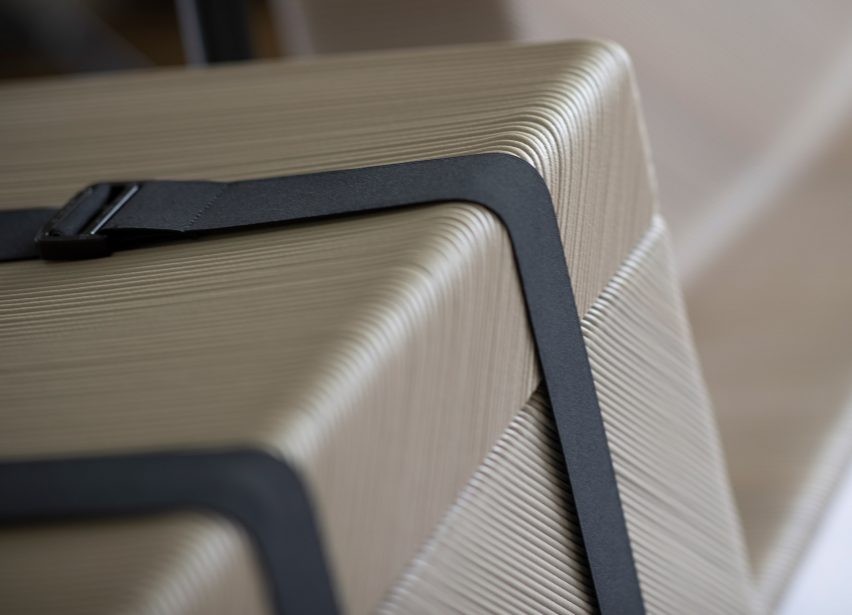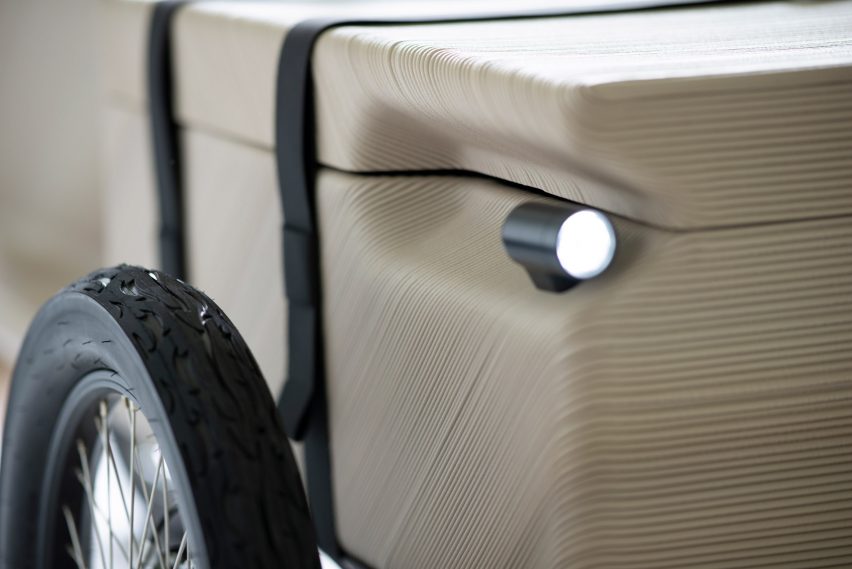When it comes to exploring better ways to tap natural resources or environmental-friendly solutions, companies that operate in the mobility industry often decide to cut the emissions associated with EV production, the ultimate goal being to produce a climate-neutral mobility solution by 2030.
The latest brand that has decided to enter this game is an Austrian studio called EOOS, which hasdeveloped a “zero-emissions utility vehicle” (ZUV).
The vehicle was commissioned for MAK’s Climate Care exhibition as part of the Vienna Biennale for Change. EOOS NEXT, the social design arm of EOOS is behind the development and production of this mobility solution.
Several reasons raise our interest in this vehicle today: not only does its production require the use of 3D printing but the tricycle is meant to be environmentally friendly both in terms of its energy source and recycled plastic that it used.
Made from 70 kilograms of 3D printable plastic packaging waste sourced from supermarkets, the tricycle features a rear-wheel hub electric motor and a chassis that has been fabricated in collaboration with 3D printing company The New Raw. The latter utilized its industrial robotic arm, outfitted with a plastic extruder, for this production. The process enables to reduce waste as it prints diagonal layers rather than vertical or horizontal ones. Interestingly, with this method, 3D printed parts do not need any support structures.
“We wanted to design around local, affordable production,” EOOS founder Harald Gründl told our media colleagues from Dezeen. “Because of the high labour costs in Europe, almost every bike frame is produced in Asia. But we want a local ZUV production facility in every city around the world.”
With a circular economy approach in mind, Gründl aims to 3D print the polypropylene chassis at a fab lab with large-scale robot printing for any user that would need to have a tricycle. If needed, they could rely on any local bike workshop for finishing tasks regarding the motor, the handlebars, the brakes and three wheels.
In the same vein, single components could be repaired and replaced close to home to extend the vehicle’s lifespan, not to mention that if required, the chassis could be shredded and re-printed to create another ZUV.
Although we give credit to this circular economy approach, we can’t help but confirm that in this case as well, the combination of plastic waste and AM cannot be envisioned at a mass production level.
“What we envision is a circular economy of mobility,” Gründ explained. “Service schemes with a designed ‘take back’ will be the future. And it’s way easier to close the loop if you do it locally rather than sending around ships full of waste as we do today, which is stupid.”
From a functional standpoint, the ZUV weighs about 100 kg and can carry two adults on its bench seat alongside two children or an equivalent amount of cargo in the transport box at the front.
In the long-run, EOOS aims to fulfil short-distance journeys for which one often relies on a car. Last but no least, the ability of the final electric vehicle to be “zero emission” will depend on the energy mix in the city where it is being charged and how much of it comes from renewable sources.
Remember, you can post job opportunities in the AM Industry on 3D ADEPT Media free of charge or look for a job via our job board. Make sure to follow us on our social networks and subscribe to our weekly newsletter : Facebook, Twitter, LinkedIn & Instagram ! If you want to be featured in the next issue of our digital magazine or if you hear a story that needs to be heard, make sure you send it to contact@3dadept.com








